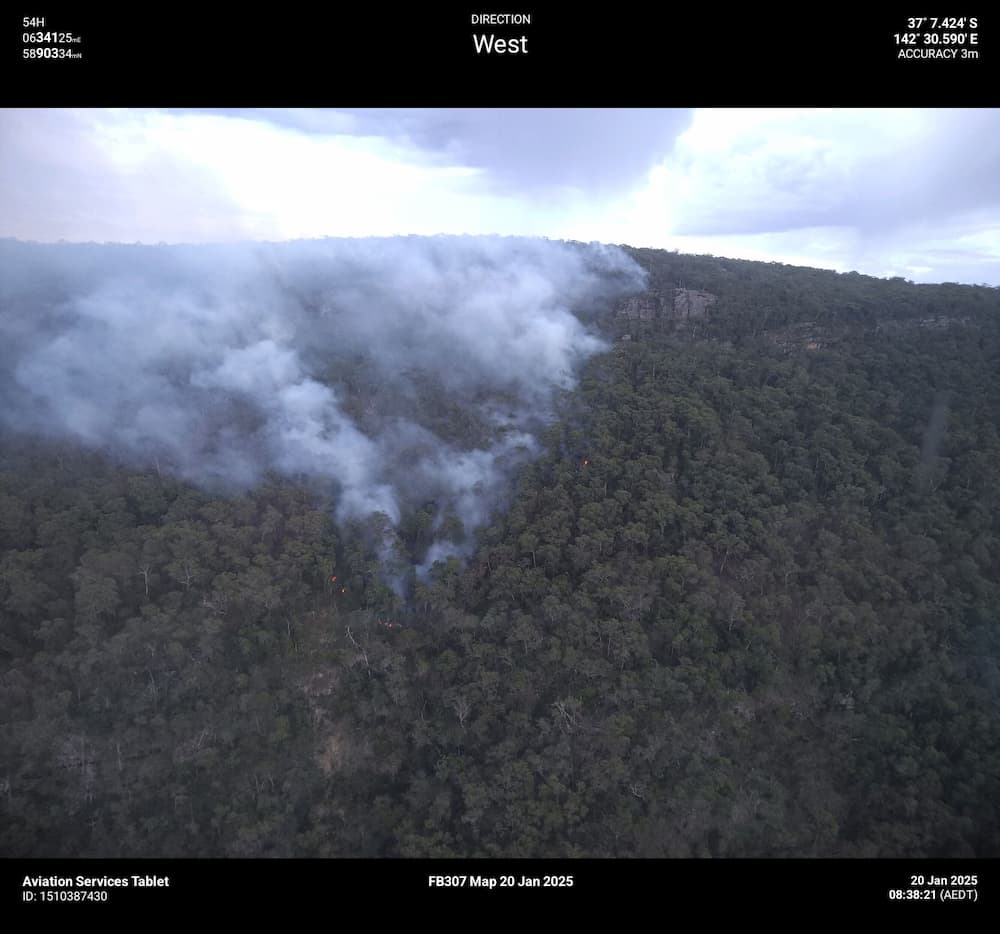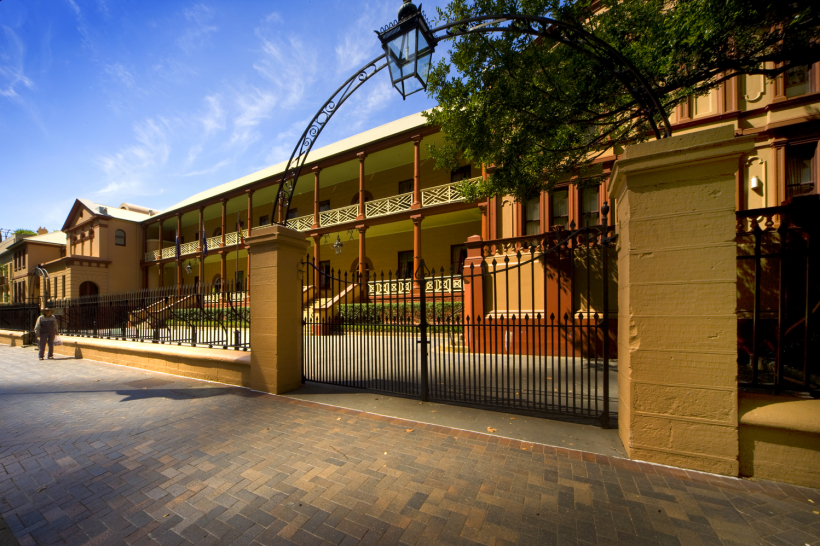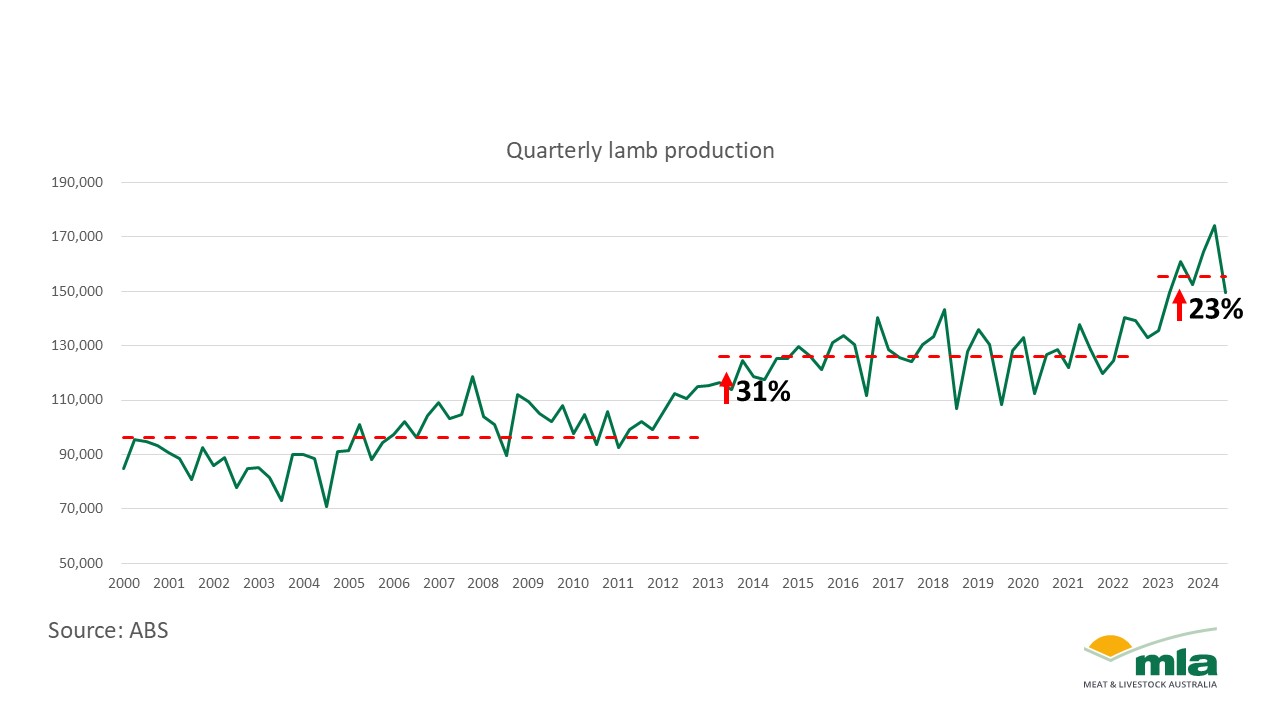The Urbis Student Accommodation Benchmarks created in partnership with the Student Accommodation Council shows there are currently 132,700 student accommodation beds in Australia, over half (53 per cent) of which are owned or managed by the private PBSA sector. This is a 90 per cent growth on the number of beds a decade ago.
Victoria (43,982 beds) and New South Wales (34,069 beds) have the lion’s share of existing supply. They are followed by Queensland (23,353), ACT (10,226) and South Australia (9,133).
Student Accommodation Council Executive Director Torie Brown said the supply of purpose-built student accommodation has risen in tandem with the increase in international students.
“International students make up just six per cent of the rental market nationwide,” Ms Brown said.
“Purpose-built student accommodation offers dedicated housing for students, eases demand on the wider rental market and plays a crucial role in supporting our education system.
“We have seen a growing interest in investment into the sector, but treating PBSA as a priority asset class is key to turbocharging investment.
“Reducing burdensome international investor taxes, streamlining slow planning processes and addressing restrictive tenancy regulations would expand the pipeline,” she said.
There is a total of around 29,500 beds in the supply pipeline, primarily focussed on the East Coast of Australia, with NSW seeing the highest level of activity due in part to an undersupply over recent years.
Currently around 7,400 beds are in the construction stage, with a further 14,900 beds being approved for development with a nearly 7,200 beds waiting development approval.
Sydney accounts for the largest share (28 per cent) of proposed supply with around 8,300 proposed beds, closely followed by Brisbane (22 per cent) with 6,350 proposed beds. Melbourne with 5,850 proposed beds accounts for a smaller 20 per cent share.
Urbis Director Clinton Ostwald said existing supply is concentrated in the three big cities.
“Melbourne and Brisbane have a higher supply of existing beds due to significant development over the past decade, driven by site availability and government incentives”.
“In contrast, Sydney currently faces undersupply due to difficulties securing Inner Sydney sites, prompting focus on Sydney and the Anzac Parade Corridor”.
“Perth’s has also seen strong growth in international student enrolments which has outpaced new supply in the market, with the CBD’s first major university campus set to open its doors in 2026.”
ACT is the most well supplied capital city market with a benchmark supply of 2.9 total enrolments per bed, supported by a high share of interstate domestic and international students. Higher enrolment numbers per bed reflect markets with lower supply relative to university enrolments.
Queensland (6.6), South Australia (6.2) and Victoria (5.9) align more closely to the national benchmark of 6.5 students per bed.
New South Wales (7.7) and Western Australia (9.9) have the lowest relative level of supply compared to other major markets and the overall national benchmark.







